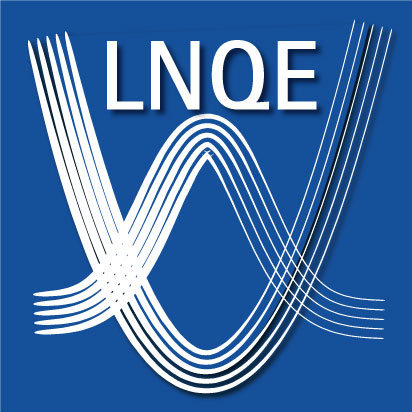This article explores the design and optimization of nanodisk metasurfaces for achieving high reflectivity at a defined wavelength. The telecom wavelength of 1550 nm is particularly focused, selected for its potential applications in next-generation gravitational wave detectors. At this wavelength, the research goes toward the development of thin, low-loss, high-reflective coatings, where the metasurface can be chosen as an alternative. An optimization process for the dimensional parameters of nanodisks is proposed based on a systematic tuning approach, which facilitates the realization of various configurations of high-reflective metasurfaces. The concept of the “magnetic mirror effect” is examined in detail, where the magnetic dipole resonance aligns with the anapole state. Additionally, high reflectivity at the electric dipole resonance (“electric mirror effect”) and at the excitation of several multipole moments is explored, including high-order modes. This variety of configurations affords more flexibility in the phase manipulation of the reflected beam. Furthermore, the potential experimental realization of mirror effects is discussed by exploring the structure in the surrounding medium with a refractive index of nd = 1.4. This research platform provides a promising tool for the fabrication of high-reflective nanodisk metasurfaces and demonstrates its applicability across various fields.
Original articel:
M. Matiushechkina, A. B. Evlyukhin, V. A. Zenin, B. N. Chichkov, M. Heurs: Perfect Mirror Effects in Metasurfaces of Silicon Nanodisks at Telecom Wavelength, Adv. Optical Mater. 2024, 2400191
DOI: 10.1002/adom.202400191









